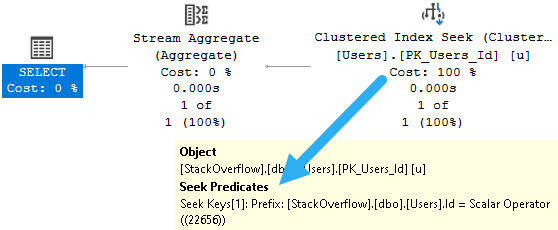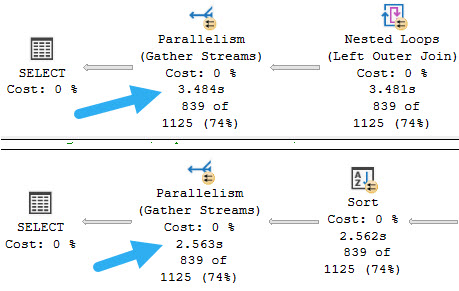Icky Yucky
Conferences have always been gross. Always.
This was true before COVID, too. You’d be hard-pressed to not find “nerd flu” trending around them, and they were gross for a lot of the same reasons that are being calling out now.
At the first SQL Saturday I ever went to, the janitorial staff had to tape signs to the bathroom wall asking people not to pee on the floor, and that was before lunch. For the record, my aim is impeccable. You just try me.
That SQL Saturday was also the first time I learned that you should always leave for lunch. Always.
Exposed finger food or not, the eating situation at conferences is historically horrible. You have one big room full of the smell of what’s essentially cafeteria food and stale coffee and the farts everyone has been saving up since breakfast.
Always avoid the food hall at conferences. Always.
Why Bother?
What I liked most about conferences was traveling to new places and socializing with people. Getting away from conferences with the dozen or so people I consider friends, and maybe some new ones I made along the way.
And always to get food somewhere that wasn’t in the fart hut. Always.
You couldn’t pay me to eat food 1000 other people had been breathing on, regardless of any demics: Pan or Epi or Aca. That’s foul, and I’m not anywhere close to having a germ phobia. My only phobia these days is getting blog comments.
Despite being a regular precon speaker, I never got rich off that. I’ve made good money — no complaints at all — but only at bigger conferences like SQLBits.
Played correctly, they were break-a-little-better-than-even scenarios, once you factor in travel and hotels and time away from client work and all that.
I don’t teach precons for the money, I teach because I love teaching.
And traveling. And seeing my friends. Always.
Personable
Now, look, I’ve got all my shots, and I don’t sweat wearing a mask when required. I do what I do in the hope that it will help things get back to how they were. I do not have strong political convictions.
In that way, if a conference wanted that stuff for entry, I’d be able to go, but… What it really comes down to is that I’m not likely to go to a conference that my friends aren’t going to. And I don’t know if just those two things are enough to get people going back.
As much as I love being followed into the bathroom by someone asking me how to set MAXDOP, I hate eating alone (drinking alone is fine, though).
Gotta have balance, here.
I suppose it depends on what the world looks like when the bigger conferences start up in person again. I’m sure some people will never go to another conference, and I totally understand that point of view.
Just like some people will never go back to working in an office. And I’ll never eat in the food hall at a conference.
I do hope that I can go back to teaching in person again soon, though. I miss it, and teaching online classes didn’t scratch the itch in the same way.
Plus, my wife really wants me the hell out of the house, and I want to see my friends again.
Thanks for reading!
Going Further
If this is the kind of SQL Server stuff you love learning about, you’ll love my training. I’m offering a 75% discount to my blog readers if you click from here. I’m also available for consulting if you just don’t have time for that and need to solve performance problems quickly.








